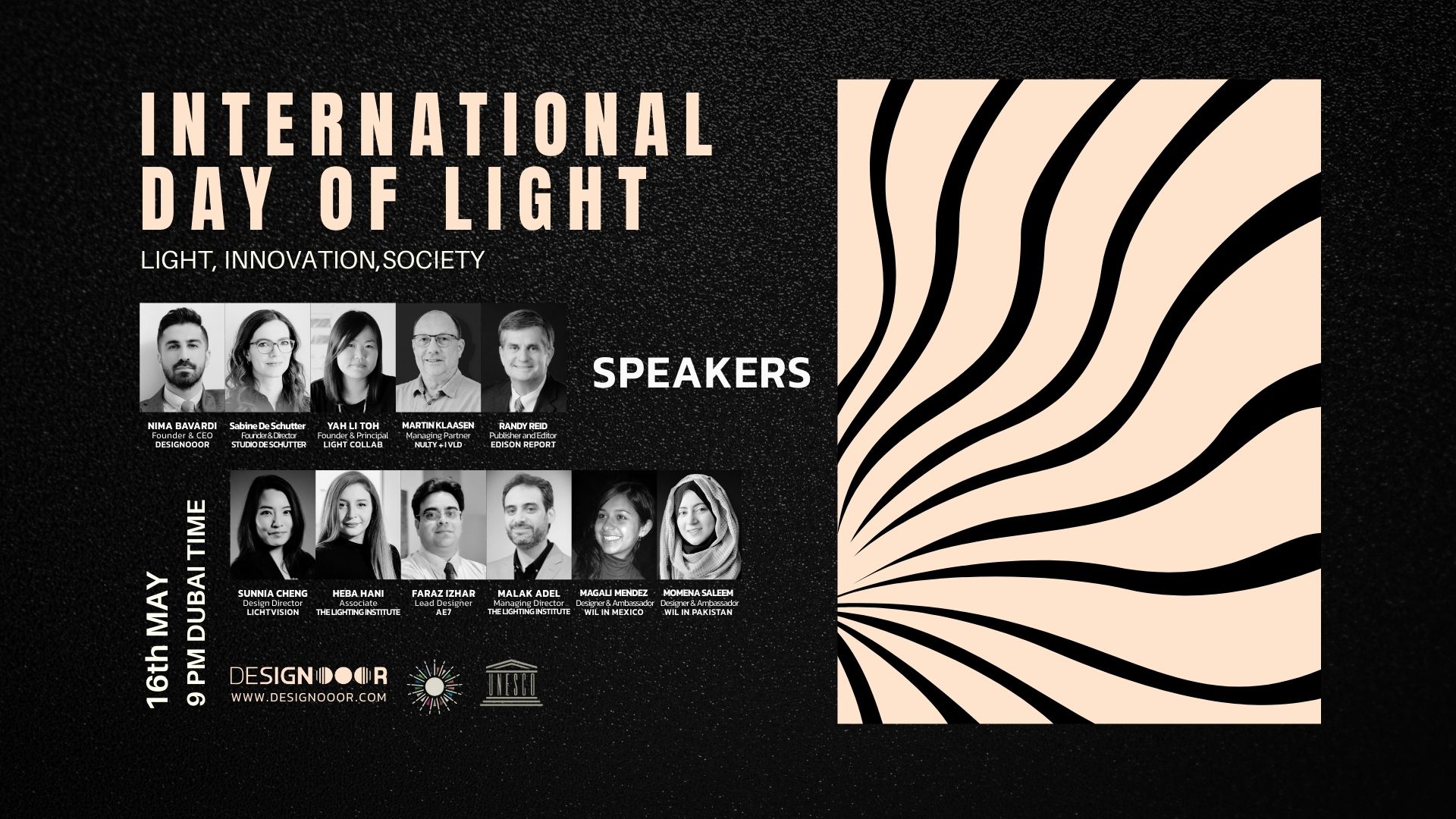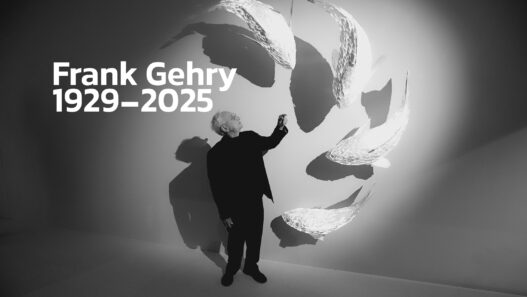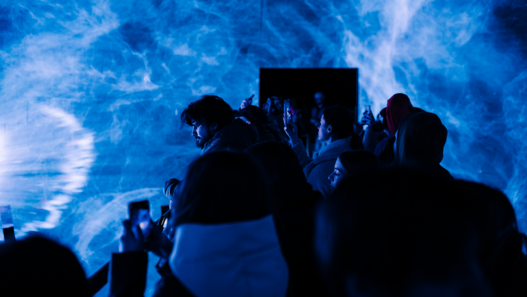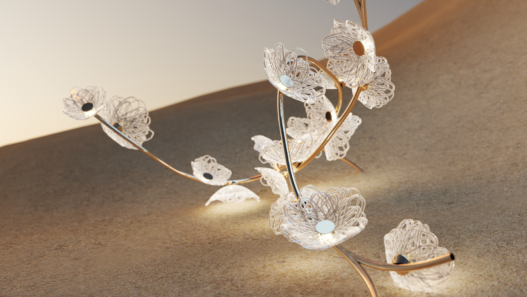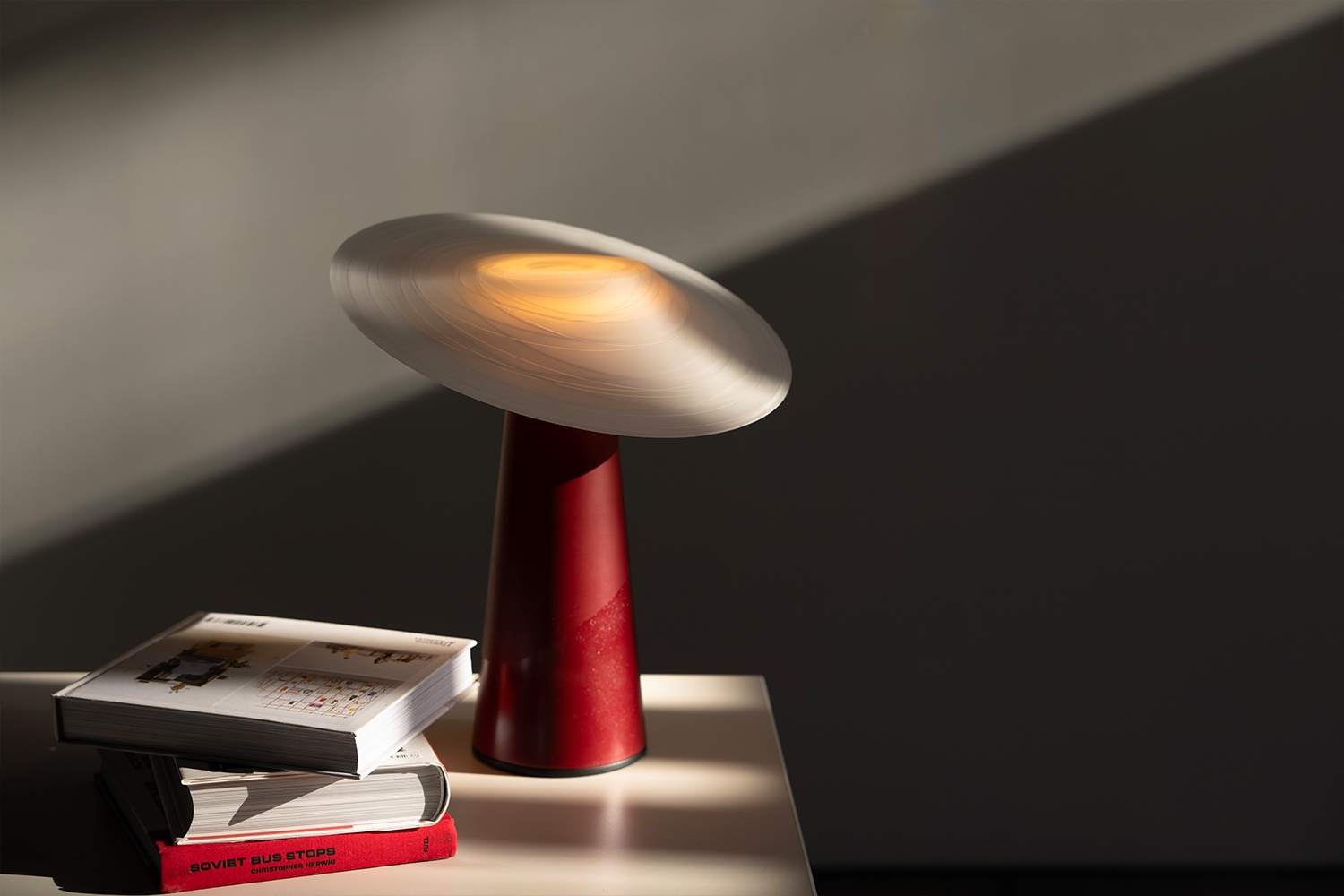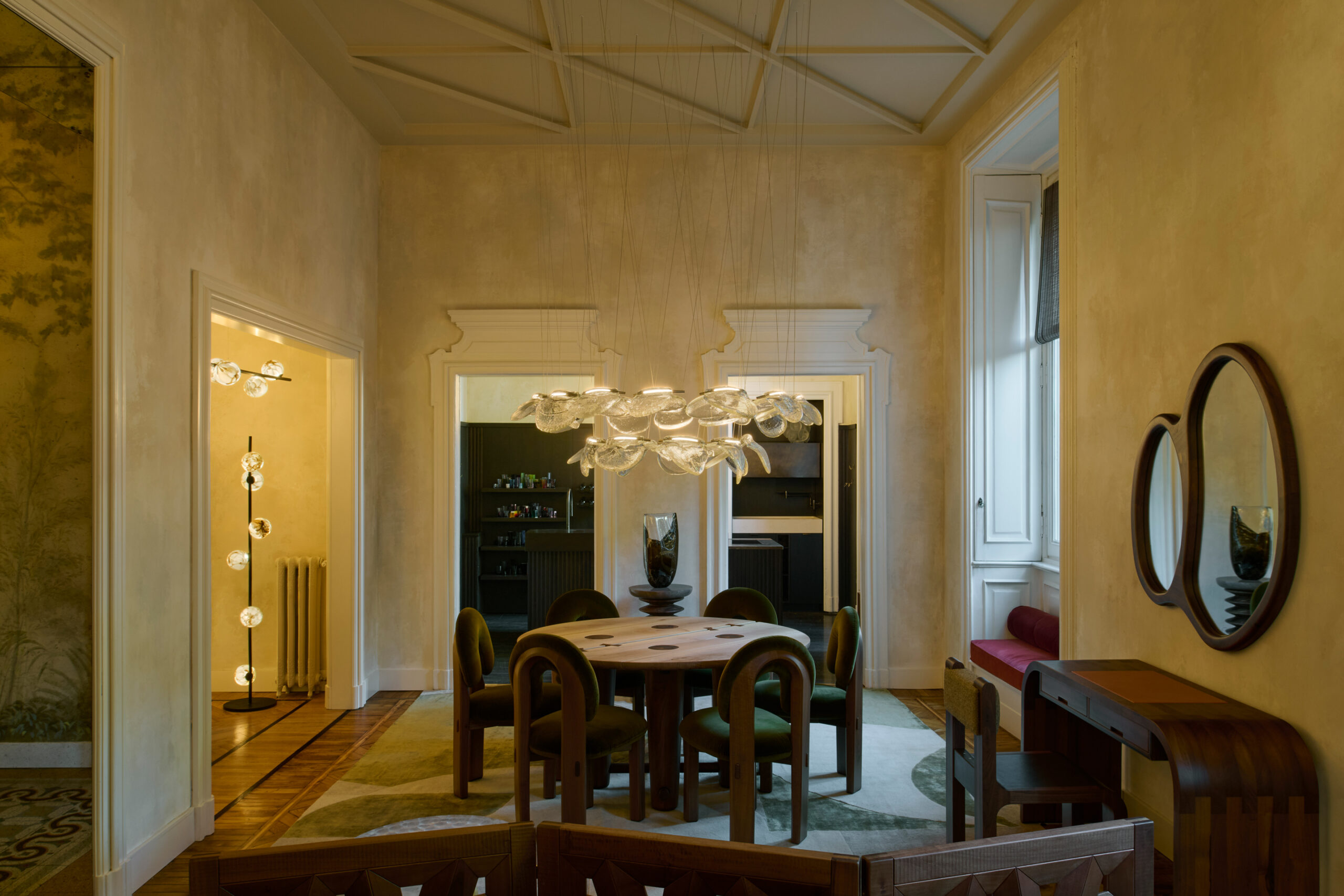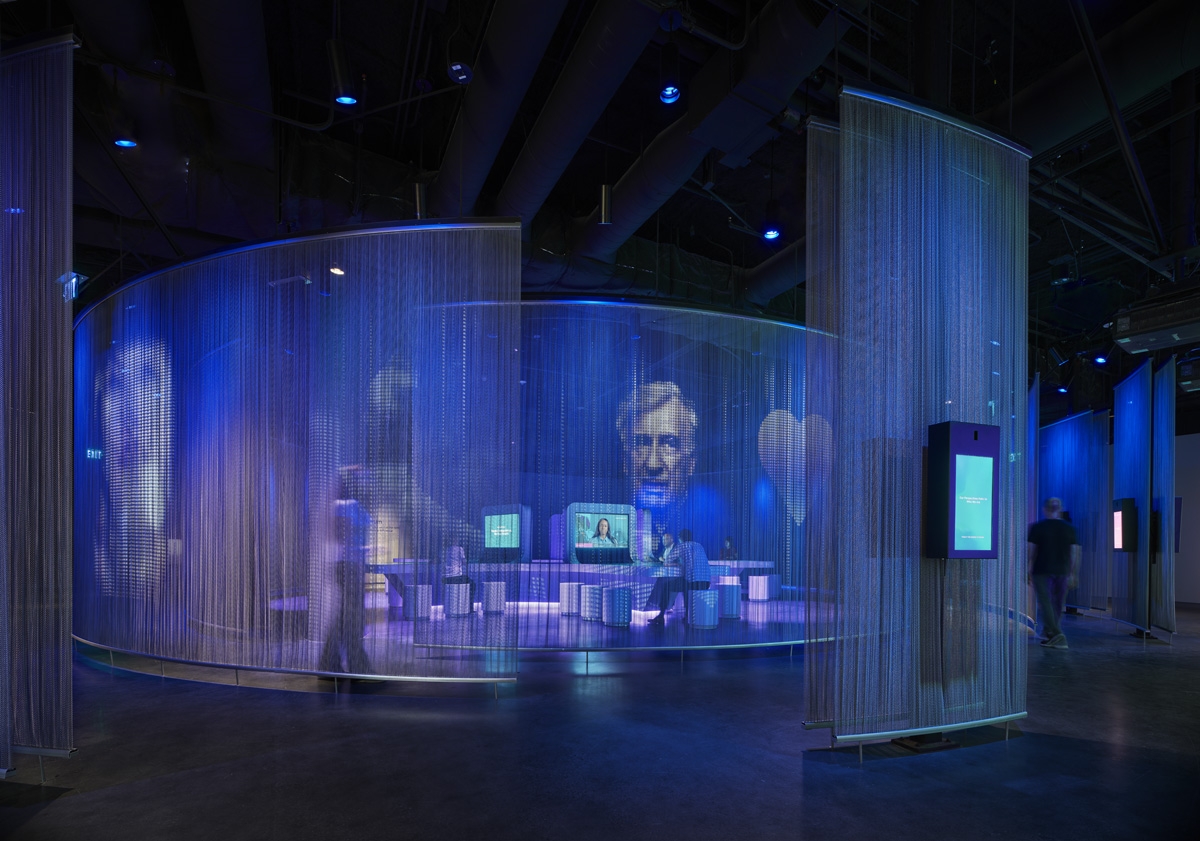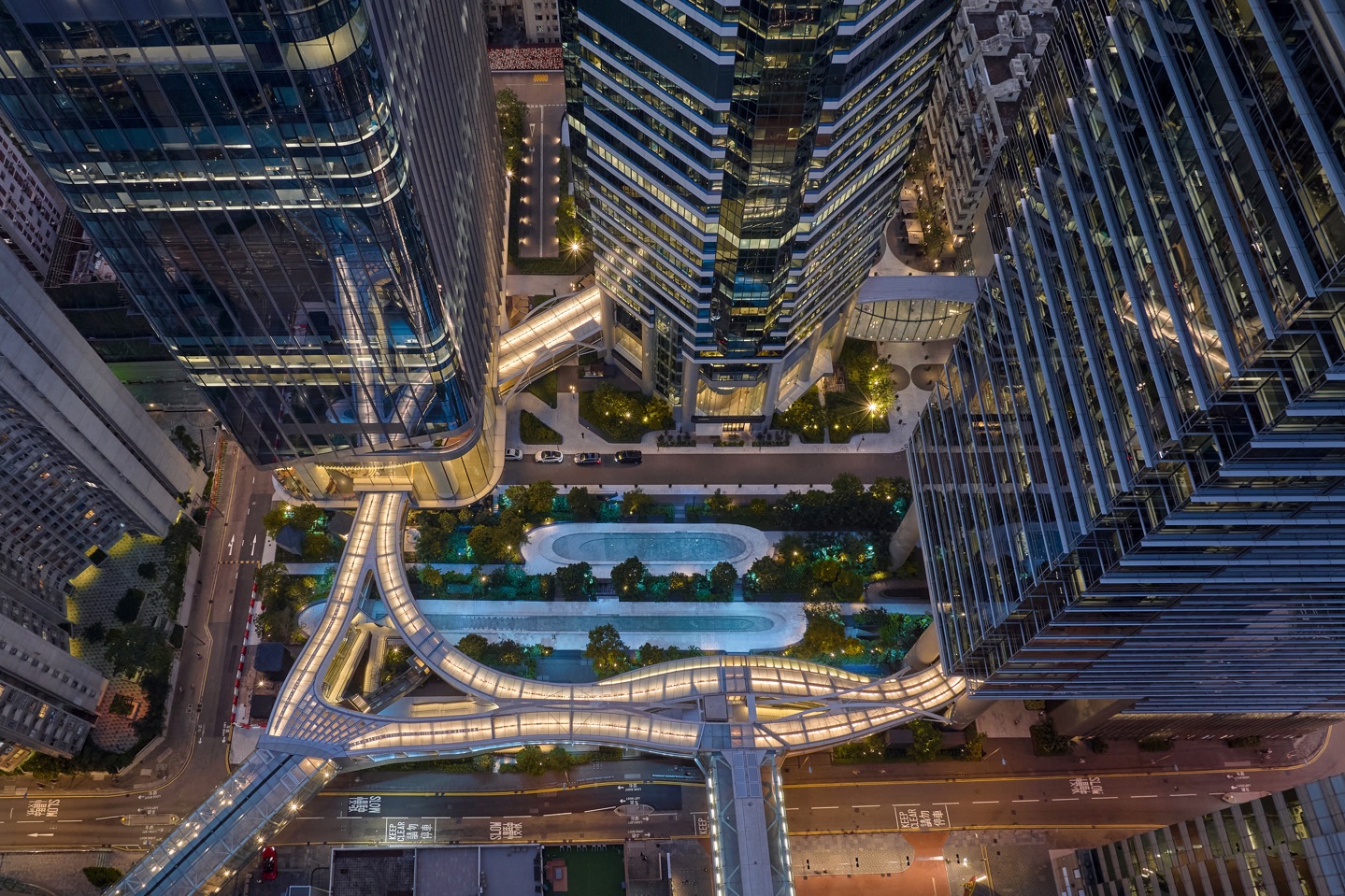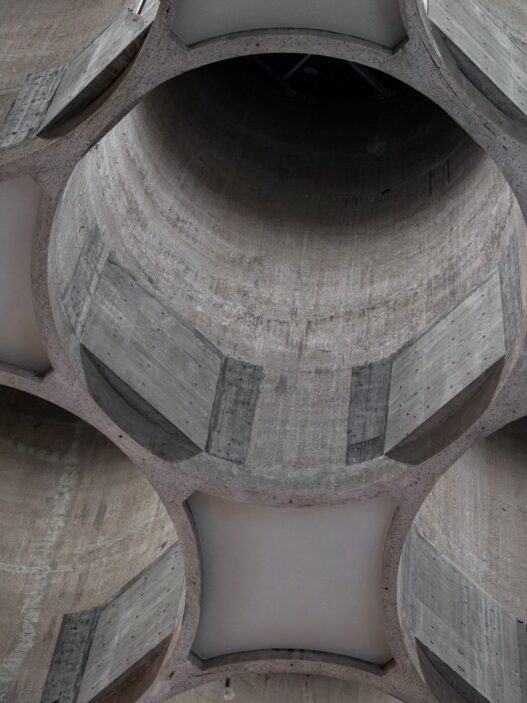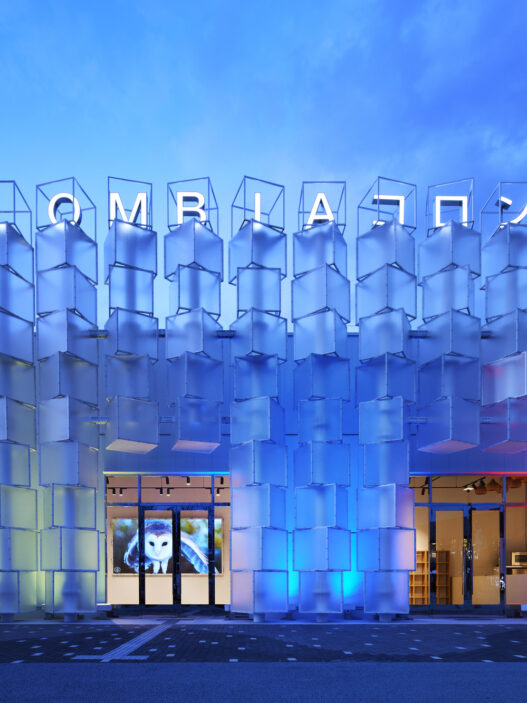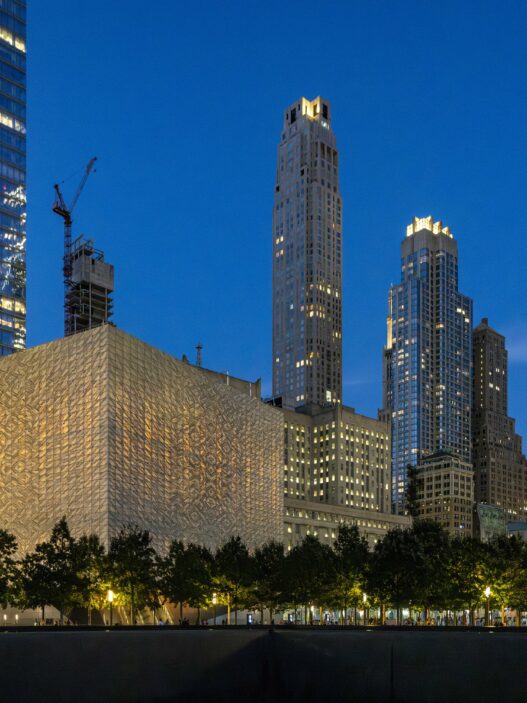Where Shadow Becomes Identity
Confronting the lighting design of Touro University’s flagship campus in the dazzling heart of Times Square, we encounter a composition that refuses to mimic its glittering surroundings. Instead, it asserts itself through a quiet force. This silence, however, is not mute. It is a resonance born from a precise and profound dialogue between light and shadow, presence and absence. The 27-foot-tall interior identity wall does not merely display a name; it manifests an apparition, a spectral imprint. The word “TOURO” is not drawn with light but emerges through its shadow, as if the very idea is rising from where the light does not fall. This choice in architectural lighting is not only bold but astoundingly poetic, reminiscent of a moment in a ballet where a solo dancer performs within the solitude of a spotlight, moving in sync with their own shadow.
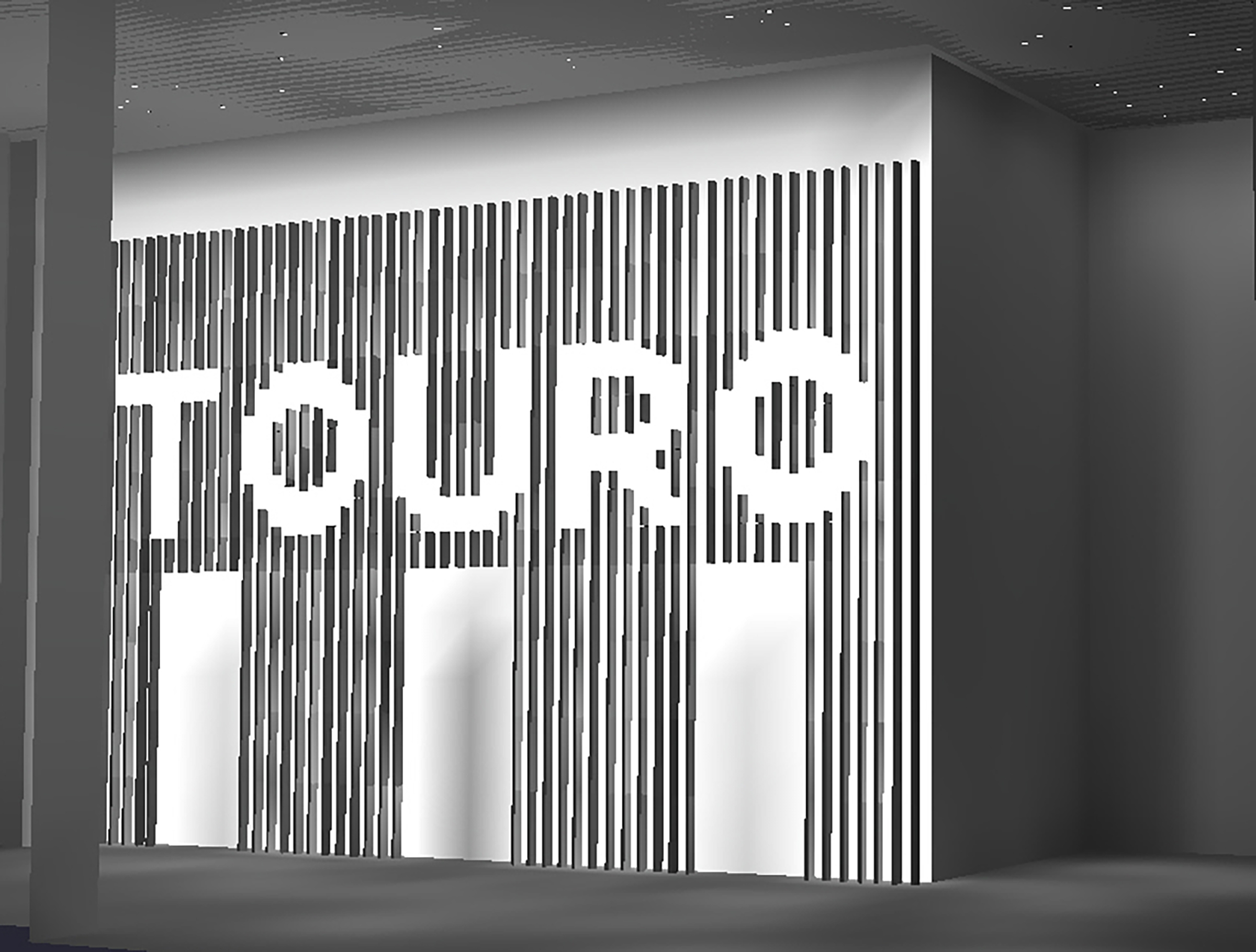
In terms of function and performance, the design demonstrates a remarkable level of intelligence. In a square saturated with extreme artificial brightness where the eyes of passersby are dulled by the relentless blaze of signage, the designers made a counterintuitive move. Rather than adding another light source to the chaos, they reversed the logic of projection. They emphasized reflected light from a high CRI static LED system bouncing off a matte white surface to softly envelop the space. This approach is not only aesthetically successful but psychologically inviting. Unlike the commercial façades that scream for attention, this space becomes a kind of sanctum carved from the city’s electric skin, a space for stillness and introspection.
Behind this atmosphere of serenity lies a mechanism crafted with impressive precision. Custom standoffs, almost invisible, act both as structural supports and wireways, leading into remotely programmed drivers. The infrastructure, though hidden, reveals a layer of technical sophistication that underpins the poetic softness of the experience. This is not merely a visual trick but a gestural act in spatial gestalt. The name is not seen, it is perceived. Like the fogged memory of a familiar word, or a poem whose meaning is born in the silences between lines, the architectural gesture becomes a felt experience. It is less of a sign and more of an apparition.
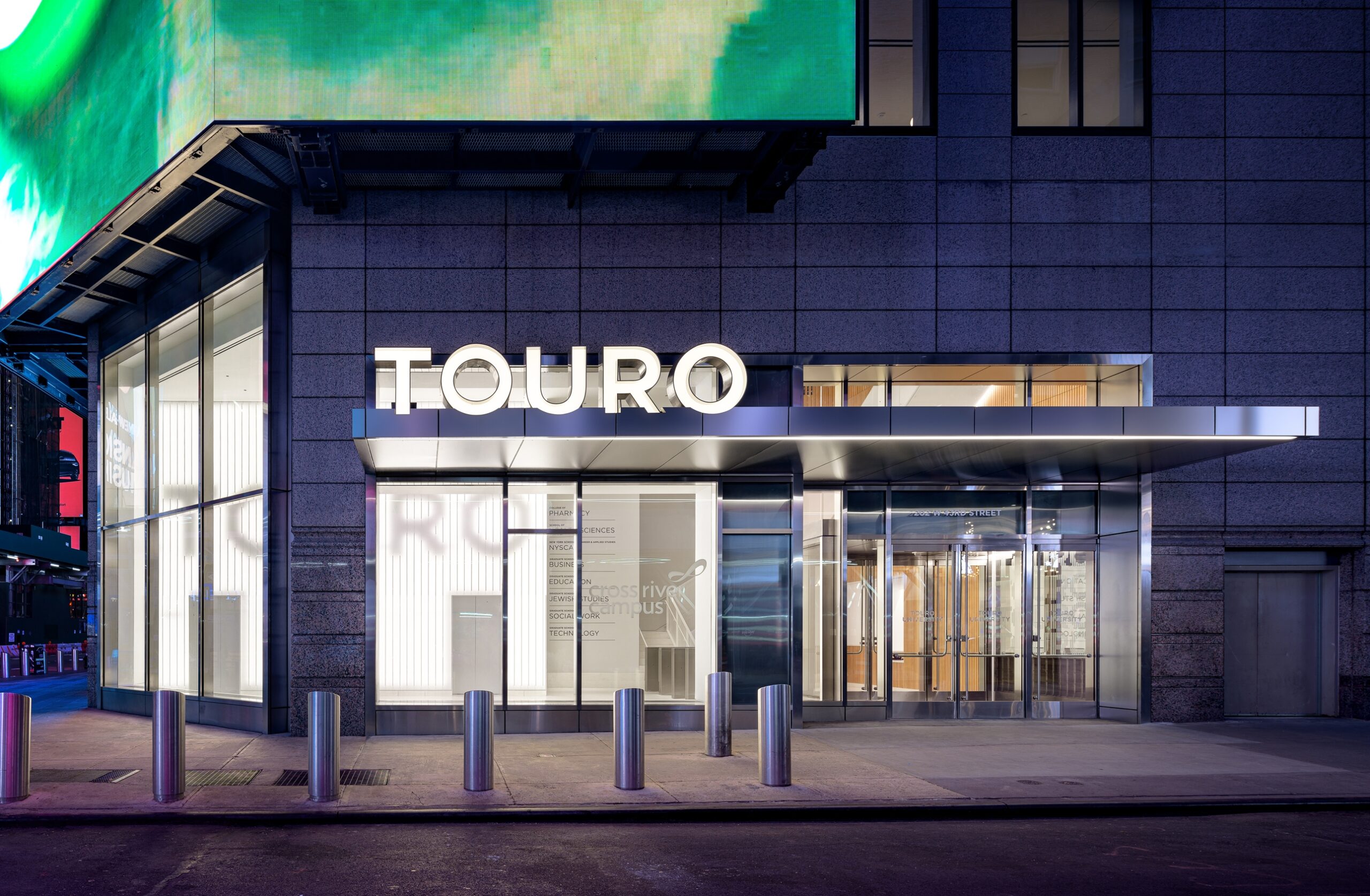
From the standpoint of sustainability, the design goes beyond ticking regulatory boxes. In a location where exceptionally high levels of luminance are mandated, this project achieves visual impact through efficiency. High-lumen-per-watt LEDs, fixtures incorporating at least 30 percent recycled aluminum, and a lighting system designed to reduce consumption without sacrificing quality all point to an ethical consciousness embedded in the work. Using light not as a commodity but as a living presence in dialogue with its context, the design evokes the ethos of early photographic negatives. The light is born from darkness. The entire scene recalls the sensibility of a Mark Rothko painting, where color and light are not decorative but revelatory, conduits for internal reckoning.
Ultimately, the inspiration behind this design seems to emerge from that unforgettable ballet scene, a lone figure dancing in the hush of a spotlight. But even deeper than that, the space evokes the blank pages of an unwritten poem. The shadows are like unwritten words waiting to be completed by the viewer’s presence. Here, light is not merely for vision. It becomes a script for architecture, a language for emotion. This is a design not meant to be observed, but felt. Like poetry, like the shadow of a sacred word.
Designers : Anita Jorgensen, Joe Ballweg, Katherine Lindsay
📍 3 Times Square, New York
🏆 Prize: LIT Lighting Design Award
📷 Photo Credits : Alexander Severin
